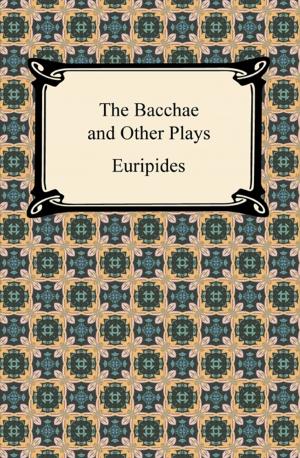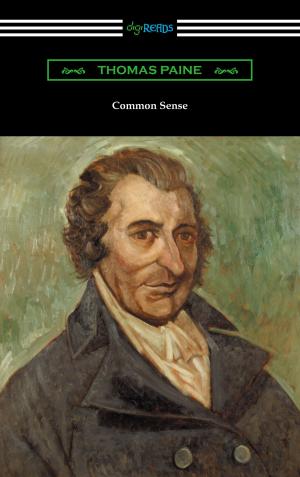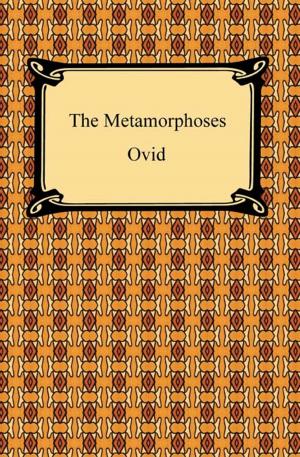| Author: | Miguel de Cervantes | ISBN: | 9781420949759 |
| Publisher: | Neeland Media LLC | Publication: | January 1, 2014 |
| Imprint: | Digireads.com Publishing | Language: | English |
| Author: | Miguel de Cervantes |
| ISBN: | 9781420949759 |
| Publisher: | Neeland Media LLC |
| Publication: | January 1, 2014 |
| Imprint: | Digireads.com Publishing |
| Language: | English |
Considered by many as the greatest of all Spanish authors, Miguel de Cervantes is most well-known of course for "Don Quixote," a work of such literary impact that its historical importance cannot be understated. Unfortunately Cervantes' other works are often overlooked and characterized as inferior to his masterpiece. While his other writings never gained the popularity of "Don Quixote," he did author several other works that are worthy of consideration. Amongst these is "The Trials of Persiles and Sigismunda," a romantic novel that Cervantes finished just three days before his death, and which was posthumously published in 1617. The work stands in contrast to "Don Quixote" as a work that embraces the fantastic rather than the ordinary. While the history of literature will likely continue to regard "Don Quixote" as Cervantes' greatest contribution he himself believed this work to have been his crowning achievement.
Considered by many as the greatest of all Spanish authors, Miguel de Cervantes is most well-known of course for "Don Quixote," a work of such literary impact that its historical importance cannot be understated. Unfortunately Cervantes' other works are often overlooked and characterized as inferior to his masterpiece. While his other writings never gained the popularity of "Don Quixote," he did author several other works that are worthy of consideration. Amongst these is "The Trials of Persiles and Sigismunda," a romantic novel that Cervantes finished just three days before his death, and which was posthumously published in 1617. The work stands in contrast to "Don Quixote" as a work that embraces the fantastic rather than the ordinary. While the history of literature will likely continue to regard "Don Quixote" as Cervantes' greatest contribution he himself believed this work to have been his crowning achievement.















